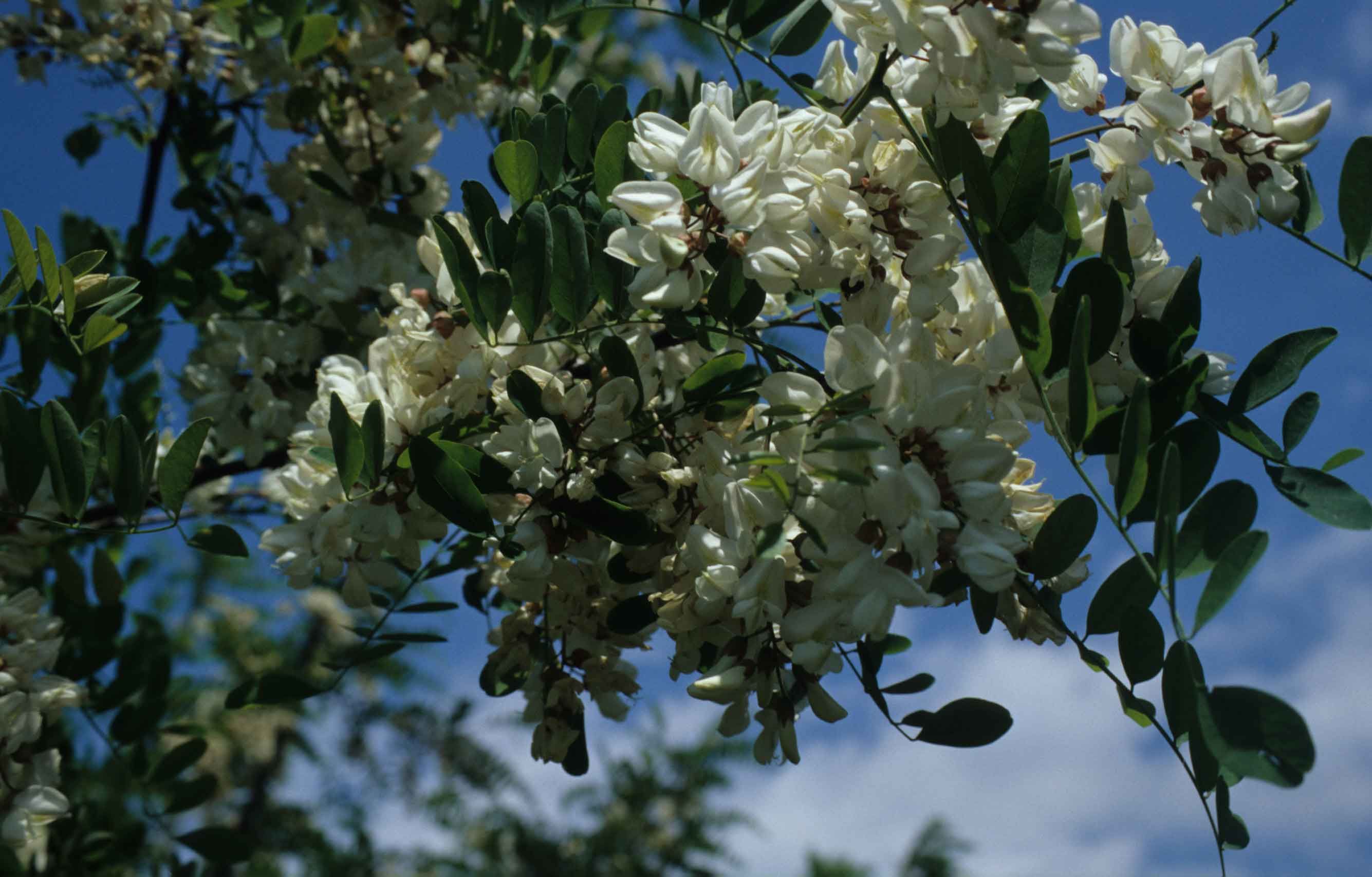
European colonial legacy is still visible in today’s alien floras
The movement of species around the globe has lasting impacts on biodiversity and human livelihoods far into the future – according to the results of a recent study led by researchers from the University of Vienna and with the involvement of researchers from the University of Konstanz.
Alien floras in regions that were once occupied by the same European power are, on average, more similar to each other compared to outside regions and this similarity increases with the length of time a region was occupied. This is the conclusion of a study by an international team of researchers led by Bernd Lenzner and Franz Essl from the University of Vienna, which was recently published in the scientific journal "Nature Ecology and Evolution".
The global redistribution of ‘alien species’, i.e. species originally not native in a specific geographic region, is closely linked to human movement which accelerated with the onset of European exploration and colonialism in the late 15th century. Back then, European powers introduced species mainly for economic reasons in order to ensure the survival of their population and to foster the establishment of settlements, next to aesthetic and nostalgic reasons. In particular, many plant species were introduced to and from the colonized regions for food, fodder or horticulture and have over time established ‘alien floras’ in these region.
The longer a region was occupied by an empire, the more similar the alien floras
"The European empires restrictive trade policies ensured that plants were predominantly traded between regions occupied by the same power. Hence, the set of species exchanged between regions was restricted to the extent of the empire and consequently the regions became more similar in their floras compared to outside regions – a process that intensified with the length of time a region was occupied by the empire", says Bernd Lenzner, the lead author of the study. The study shows that this process is equally important as other drivers of the spread of alien species, such as socio-economic development or population density in a region, that explain how alien plant species are distributed today.
Strategic and economic importance of a region increase floristic similarity
Furthermore, regions that played an important economic or strategic role in the empires show even greater similarity in their alien floras compared to all other regions of an empire. Such regions include for example former trade hubs like regions in the Indo-Malay Archipelago that were crucial for the international spice trade. Similarly, this also applies to islands like the Azores or St. Helena that were both important stopover destinations on long trans-oceanic voyages. The researchers state that dependencies based on historic European empires prevail to this day, manifested for example in the existence of overseas territories or common languages between regions of the world that still shape preferential trade and hence exchange of alien plant species.
The full impact of human actions on alien floras will only be observed in the future
The scientists emphasize that understanding the past is important to draw lessons for the future: "We knew that it may take decades for alien species to establish and spread within a region they have been introduced to and that this process often unfolds with a substantial delay", says Franz Essl, senior author of the study. “This implies that the current administrative and trade relationships among regions are likely to determine which alien species will establish where in the decades to come”, continues Mark van Kleunen from the University of Konstanz and one of the coauthors of the study. Franz Essl adds: "It is remarkable to be able to detect colonial legacies after several decades, sometimes even centuries, after the collapse of European empires. This shows that we need to be very careful and aware of which species we move around the globe, as they will likely have lasting impacts on biodiversity and human livelihoods far into the future".
Adapted version of the original press release of the University of Vienna.
